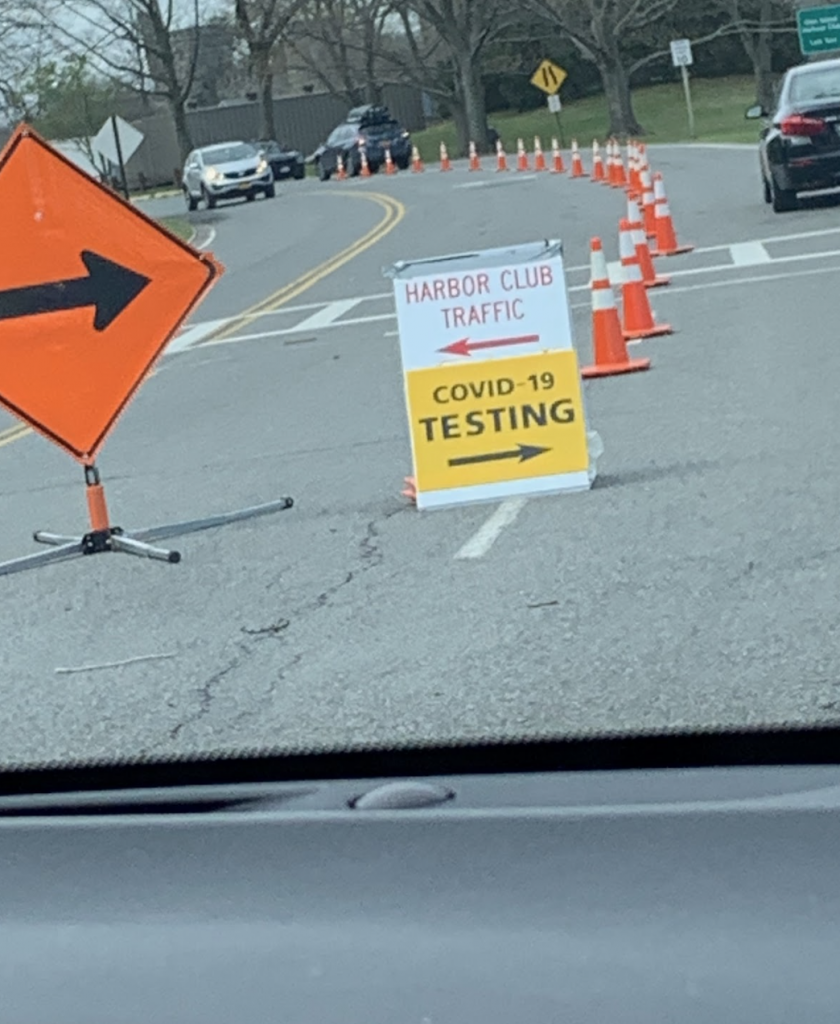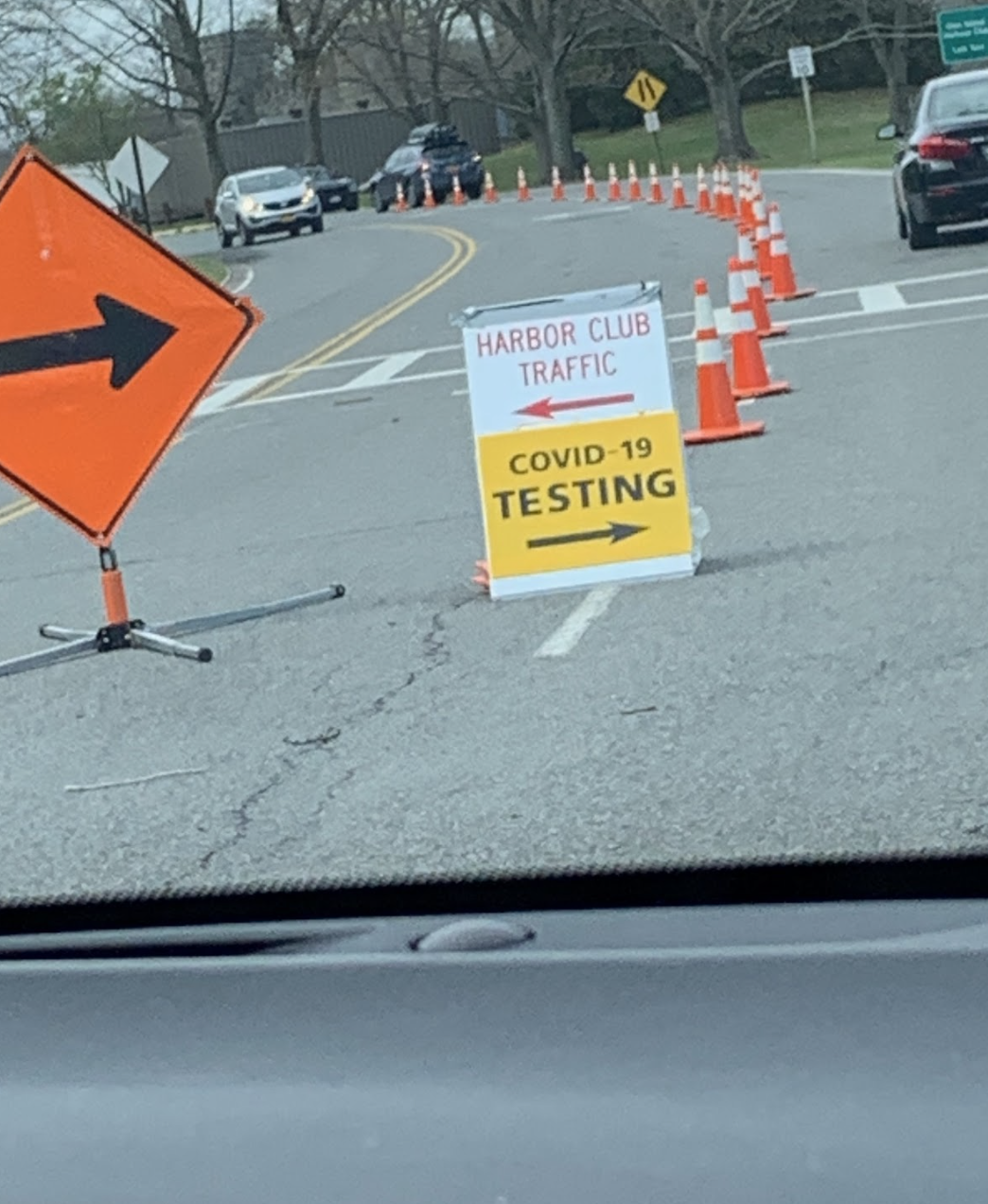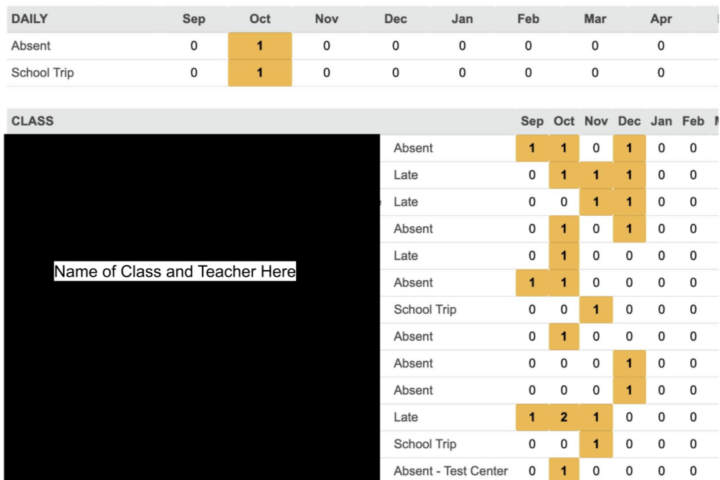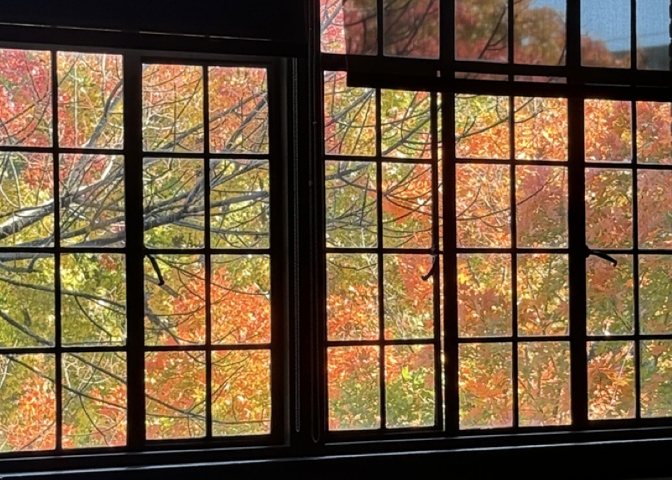
Driving through the first of five primary checkpoints at New York’s only drive-through COVID-19 testing center in New Rochelle is like entering a cryptic movie. The directions are quite easy, bring with you an I.D. and a piece of paper with your appointment code. Aside from knowing what is needed to receive a test, no other information about the COVID-19 testing process is available until you drive up to the first checkpoint. The first checkpoint is on the small bridge that connects mainland New Rochelle and Glen Island. There are five New York State police vehicles that are stationed here, along with flashing signs that read, “WINDOWS UP” and “I.D. READY”. As one drives along the marked paths of Glen Island, the number of armed State Troopers and Military Officers become increasingly visible, displaying the severity of the pandemic. As you drive further through Glen Island, the visuals only become stranger. Cameras are pointed at just about every possible square inch of the testing site. At this point in the process, in the car with my brother and mother, I was made quite nervous by these details and the eerie feeling that accompanied driving in a line of ten-or-so cars at a steady five miles per hour.
After going around a bend in the road where the view is obstructed by trees, a huge compound of white tents became visible. What makes these tents seem so out of place is the beautiful scenery surrounding it. Just across the water is the Harbor Club, a large country club. In the largest of these tents, a stockpile of medical supplies is visible, primarily crates of COVID-19 tests. At every stop thus far, New York State Troopers made it abundantly clear to the passengers of each car, “Do not roll down your car windows.” The line of cars continued to drive through Glen Island and my family’s car had nearly reached the third checkpoint station, at which point I was approached by a State Trooper who told me that photography of any kind is banned on the island, and he insisted that he watch me through the car window as I deleted the photos that I had planned to use for the purposes of this article. After doing so, he looked at me – still through a closed window – and said, “now delete them from your recently deleted photos.” I was told that the trooper was following the protocols involving a “medical procedure where the rules of privacy come into play, and the representation of an individual without their consent is unethical” I did manage to take one photo, later on, on the road leading off of the island, that involved objects and not people. Despite this nerve-racking experience, we continued to the checkpoint where we verified our identities. We were only a few hundred feet from the tent, next to where drive-through tests are performed. One volunteer traffic guard seemed to notice the concern on our faces, and cracked a joke through our car window, “I used to coach NASCAR.”
At the fourth checkpoint, a soldier dressed in military uniforms was stationed to reconfirm the identity of each car’s passengers. The fifth, and final checkpoint is where tests are conducted. Professionals in hazmat suits go to each car passenger, one at a time, and ask for the windows to be rolled down. They proceed to list the common reactions to the test, which include tearing up and gagging. Each Coronavirus test only takes a total of fifteen seconds but is considered somewhat painful. A sample collector, similar to a lengthy Q-tip is placed into one of the recipient’s nostrils. The Q-tip is moved to the back of the nasal cavity, where it is moved around for a ten-second count. Afterward, the test is removed from the nose of the passenger and is stored in a bottle, which is eventually sent to a lab. Results typically arrive in two to three days, online. Even when driving off of Glen Island, police cars are stationed on the road, making sure that each tested individual safely exits the testing center.






